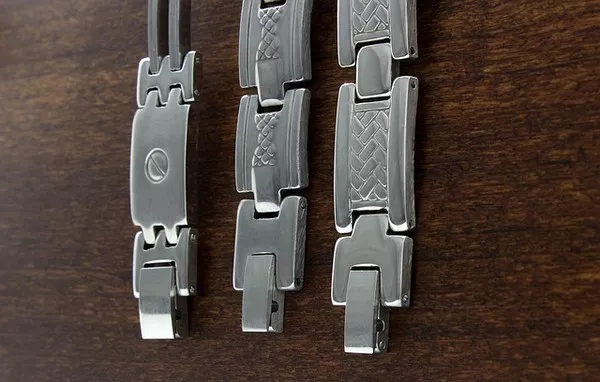In the world of investments, silver has long been valued as a tangible asset with intrinsic worth and a hedge against economic uncertainties. For Australians looking to diversify their investment portfolios, silver presents an attractive opportunity. In this comprehensive guide, we will explore the various ways to invest in silver in Australia, covering everything from physical silver to exchange-traded funds (ETFs) and mining stocks.
Why Invest in Silver?
Before delving into the investment strategies, it’s essential to understand why silver is considered a worthwhile investment:
Store of Value: Like gold, silver has historically been a store of value during times of economic instability or inflation.
Industrial Demand: Silver is used extensively in industries such as electronics, solar panels, and healthcare, which drives consistent demand.
Portfolio Diversification: Silver’s price movements often differ from those of other assets like stocks and bonds, making it an effective diversification tool.
Potential for Growth: Silver prices can be volatile, offering opportunities for capital appreciation during bull markets.
Ways to Invest in Silver in Australia
Investors in Australia have several avenues to add silver exposure to their portfolios:
1. Physical Silver
Purchasing physical silver is the most straightforward method of investing. Here are the common forms available:
Bullion: Bars and coins are the most popular forms of physical silver. Look for reputable dealers like The Perth Mint or local bullion dealers for authenticity and quality assurance.
Jewelry: While primarily for ornamental purposes, silver jewelry can also serve as an investment if bought at close to its bullion value.
2. Exchange-Traded Funds (ETFs)
For those seeking exposure to silver without the hassle of storing physical metal, silver ETFs are an excellent option. In Australia, ETFs like ETFS Physical Silver (ETPMAG) offer a cost-effective way to track the price of silver. ETFs can be bought and sold like stocks through brokerage accounts.
3. Silver Mining Stocks
Investing in silver mining companies can provide leverage to the price of silver. Australian investors can access both domestic and international mining stocks through local and international exchanges. Look for established companies with strong balance sheets and promising mining projects.
4. Silver Futures and Options
Experienced investors may consider trading silver futures and options contracts, which are available on commodity exchanges. However, these instruments require a good understanding of the market and are generally more suitable for sophisticated investors.
Factors to Consider When Investing in Silver
Before diving into silver investments, consider the following factors:
Market Conditions: Silver prices are influenced by macroeconomic factors like interest rates, inflation, and geopolitical events.
Storage and Insurance: If opting for physical silver, factor in the costs and logistics of secure storage and insurance.
Transaction Costs: Be aware of fees associated with buying and selling silver, including dealer premiums and brokerage commissions.
Tax Implications: Understand the tax treatment of silver investments in Australia, including capital gains tax (CGT) on profits.
Investment Strategies
Now, let’s explore some investment strategies tailored for different risk appetites and investment goals:
Long-Term Holders: Buy physical silver in the form of coins or bars and store them securely. This strategy suits investors looking for a stable, long-term store of value.
Income Seekers: Invest in silver mining stocks that pay dividends. Companies with sustainable production and healthy financials can provide regular income streams.
Speculative Investors: Trade silver ETFs or futures contracts to capitalize on short-term price movements. This strategy requires active monitoring of market conditions.
Diversified Portfolio Builders: Allocate a portion of the investment portfolio to silver ETFs alongside other asset classes like stocks and bonds for diversification.
Risks of Investing in Silver
While silver can be a rewarding investment, it’s essential to be aware of potential risks:
Volatility: Silver prices can be highly volatile, subject to sudden price swings driven by market sentiment.
Industrial Demand Fluctuations: Changes in industrial usage can impact silver prices, particularly during economic downturns.
Counterparty Risk: When investing in ETFs or mining stocks, consider the financial health of the issuing entity or company.
Regulatory Risks: Changes in regulations or tax policies can affect the attractiveness of silver investments.
See Also Warren Buffett’s Silver Holdings: A Deep Dive
Conclusion
Investing in silver can be a valuable addition to an Australian investor’s portfolio, offering diversification, a hedge against inflation, and potential capital appreciation. Whether you prefer physical ownership, exposure through ETFs, or participation in mining stocks, silver presents numerous avenues for investment. As with any investment decision, conduct thorough research, consider your risk tolerance and investment horizon, and consult with financial professionals if needed. With careful planning and prudent execution, silver can play a vital role in achieving your financial objectives.
Remember, the key to successful investing in silver is patience, knowledge, and a well-thought-out strategy that aligns with your investment goals.


